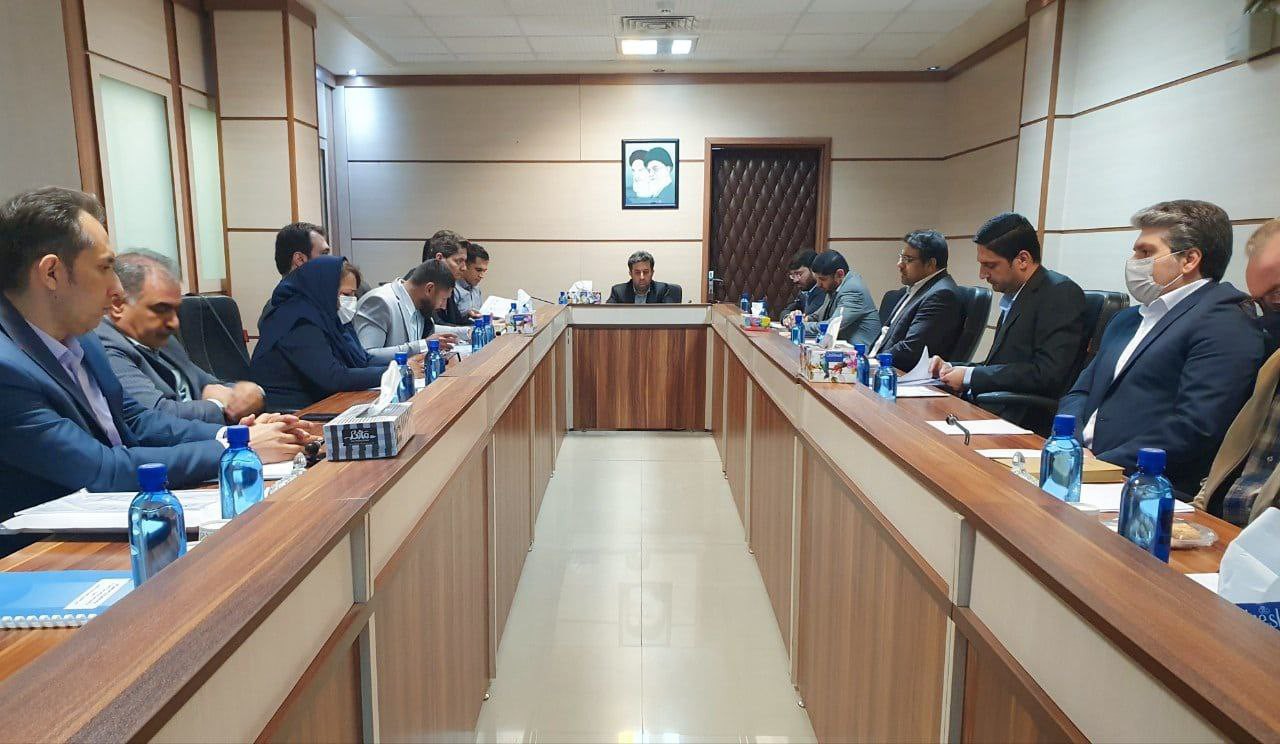🔹 The Annual General Meeting of the Petrochemical Industries Investment Company (PIIC Group) for the fiscal year ending May 20, 2025, was held on Sunday, September 9, 2024, at the Talaash Cultural Complex, with over 70% of shareholders in attendance. Full News Details 👇 Link to Full Article Petrochemical Industries Investment Company Website Telegram Bale […]
Category Archives: articles
Uncategorized
A Habit of Breaking Records — Even Amid War
Faravardeh Qeshm Chemical Company has maintained its tradition of record-breaking performance, even in the midst of conflict. According to newly disclosed figures, the company not only achieved its approved sales targets for the first quarter of the year but also surpassed its previous annual records in both sales volume and revenue. As reported by the […]
Faravard Qeshm Chemical Company intends to assign the transportation of materials and products from its Mahshahr plant through a public tender to a qualified contractor. *Document Collection Period: From June 27, 2025 to July 7, 2025 (1404/04/07 to 1404/04/16 in the Persian calendar)* Deadline for Submission of Bids: From July 8, 2025 to July 14, […]
Faravard Qeshm Chemical Company astonished everyone at its annual general meeting by presenting impressive performance figures. According to the public relations department of Faravard Qeshm Chemical Company, the general assembly for the fiscal year ending on March 20, 2025, was held in the conference hall of the Petrochemical Industries Investment Company, with shareholders, executives, board […]
Uncategorized
May the 22nd of July be the Information Technology Day
In the name of Allah, the Merciful, the Merciful Greetings and respect On the occasion of Information Technology Day, I congratulate all colleagues and technology personnel. Today is the day when we should be grateful for the significant advances made in the field of information technology and also emphasize the importance of developing and optimally […]
The annual general meeting of Farvard Qeshm Chemical Company, one of the member companies of the Pipeline Gas Group and Petrochemical Industries Investment Holding Subgroup, was held under the chairmanship of Dr. Ghasemi and with the presence of the supervisor and members of the board of directors of this company. According to Farvarad Qeshm public […]
4 cooperation memorandum of Farvard Qeshm Chemical Company on the second day of Iranplast’s big event Permanent location of Tehran International Exhibition; Hall 8-9, booth 444
✅️ 21% growth in net profit and 106% sales of Qeshm products ✅️ The General Assembly of Farvard Qeshm Chemical Company, one of the subsidiaries of Petrochemical Industries Investment Company and Tapico, today, Saturday, May 17, at the conference hall of Petrochemical Industries Investment Company, with the presence of shareholders’ representatives and Petrochemical Oil Gas […]












